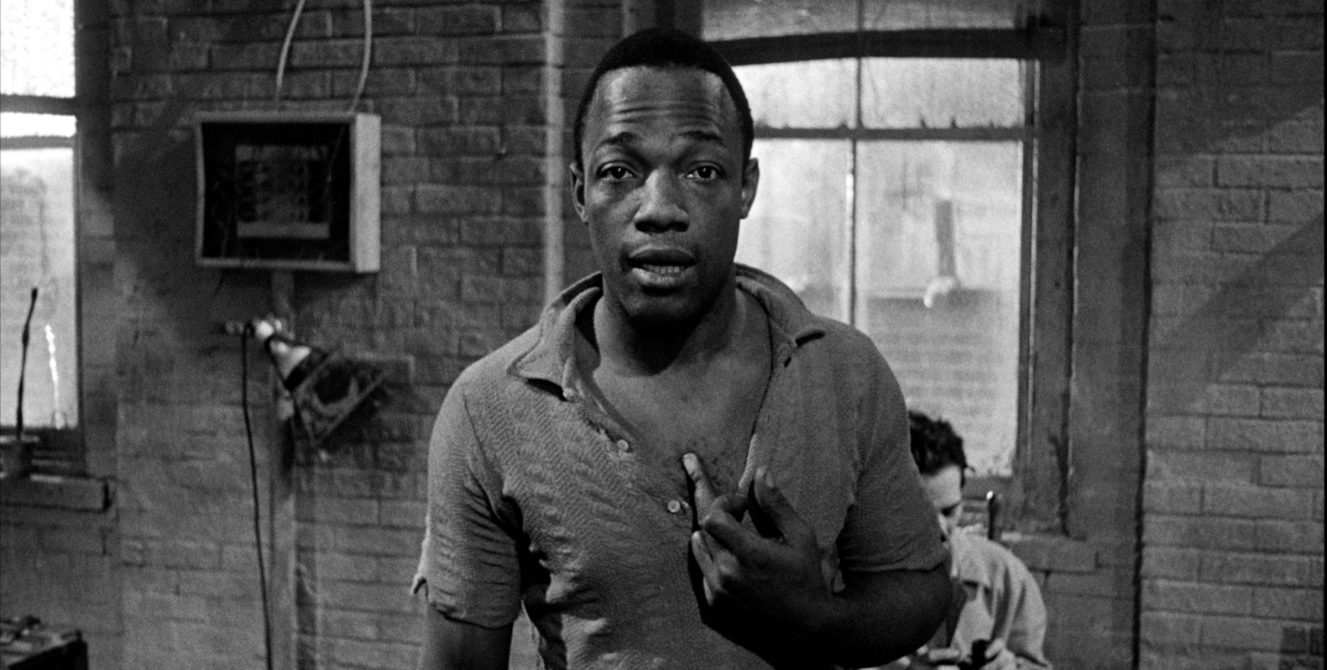Free Thursdays: The Connection
1962, 110 minutes
USA

Director: Shirley Clarke
NOTE: FREE ADMISSION- NO TICKET PURCHASE REQUIRED
When Jack Gelber’s play “The Connection” opened in New York, Shirley Clarke discovered the perfect vehicle to question the idea that cinéma vérité was a reliable replacement for traditional documentary filmmaking. The Living Theatre produced Gelber’s play in 1959 play to audiences and critics who were at first bewildered and/or upset by it. Set in a squalid Greenwich Village apartment, a group of drug addicts are waiting for their connection to bring their fixes. Many of them are jazz musicians, who perform during the play.
And thus begins a play within a play within a jazz concert — a drug-addled crossing of “A Midsummer Night’s Dream” and “Waiting for Godot.” The director and author are said to be there in the apartment to guide the junkies in a series of improvisational themes to reveal their lives and inner thoughts. The play was a blessing for jazz saxophonist Jackie McLean, as his drug arrest in 1957 had cost him his cabaret license, barring him from performing in clubs. The play gave him two years work on stage and he went on to perform in Clarke’s film version as well.
In adapting Gelber’s play into a film, he and Clarke decided to have a film director and cinematographer as the main instigators of the action so that they could break through the film proscenium. To further the illusion of reality, the filmmakers intentionally left in artifacts of filmmaking — film rolls suddenly end in black leader; sound sync beeps are heard, and light flairs, dust, scratches and out-of-focus moments are preserved. This roughness led many critics to assume that the film was improvised. However, like the camera movement and the choreography of the actors, Clarke carefully planned everything in The Connection.
PRESS
“Clarke’s decision to both literally and figuratively turn the camera on the creative types behind it was key; in many ways, The Connection sets the template for modern form-hijacking meta-movie gestures, from David Holzman’s Diary to the self-conscious indies of the ’90s. One man’s squalor is another’s mise en scène, it tells us, and anyone who thinks you can be objective with a movie camera running and a mojo pin in your arm is dreaming… Attention must be paid.”
– Time Out New York
